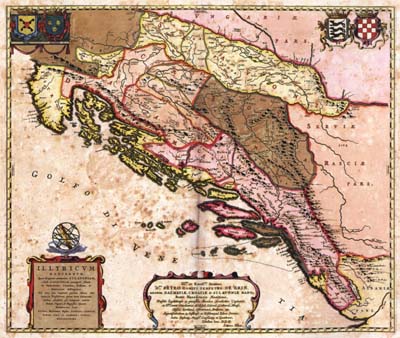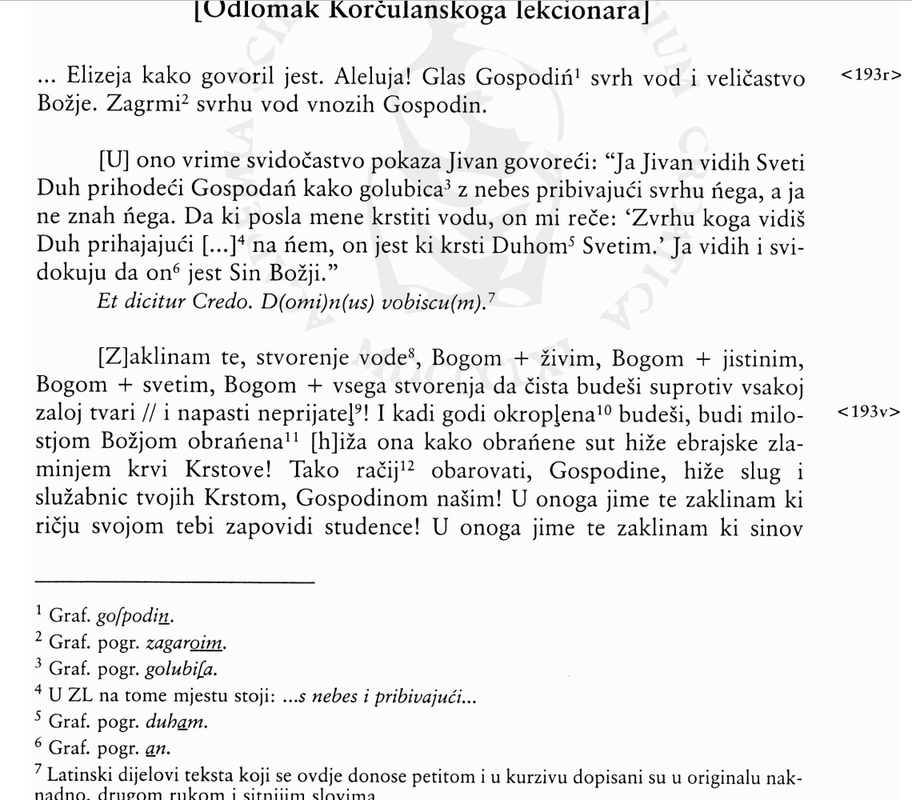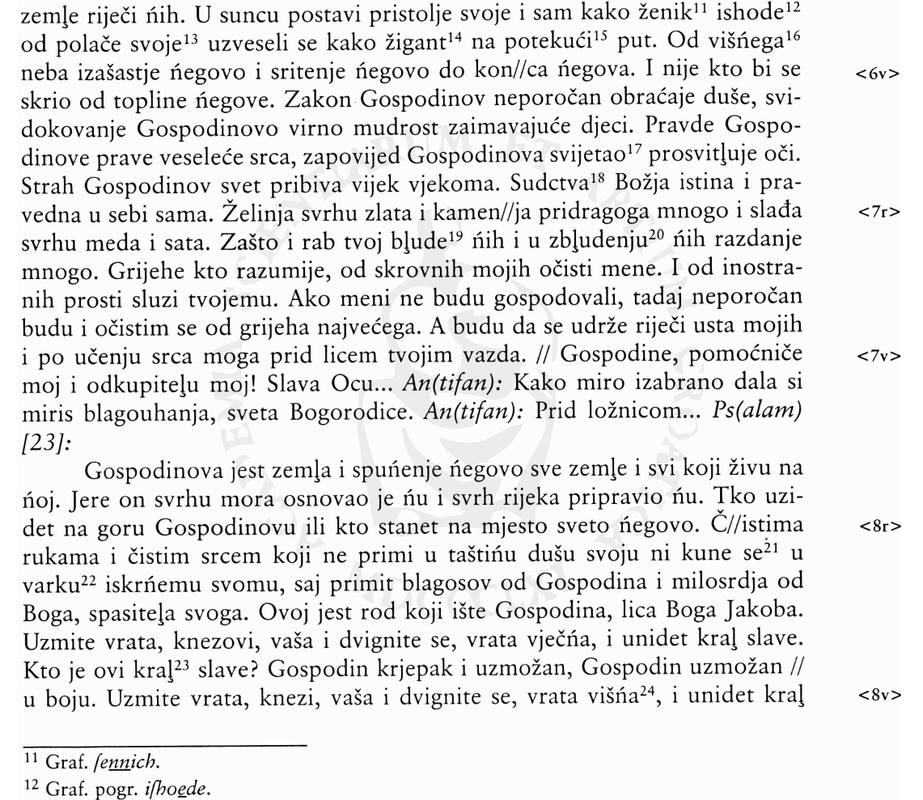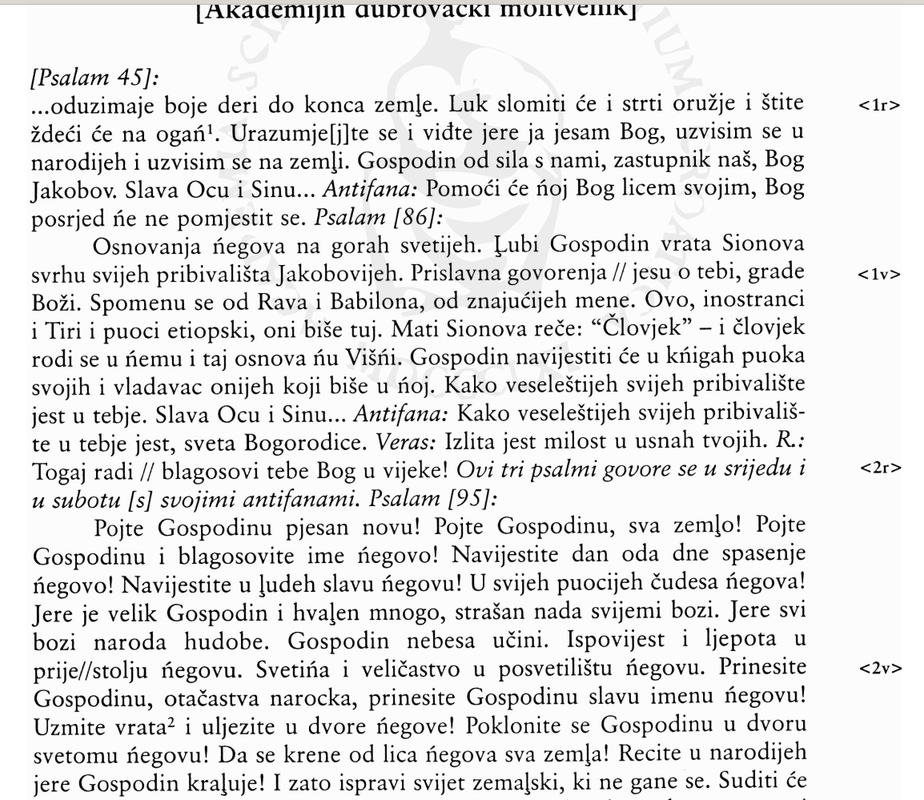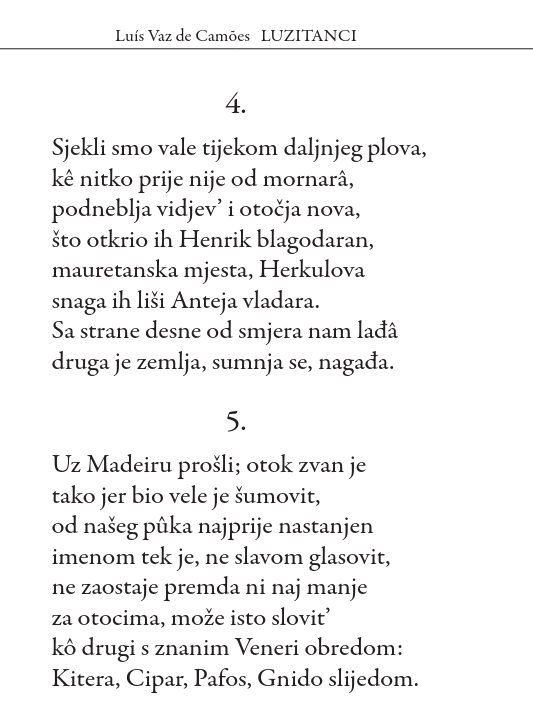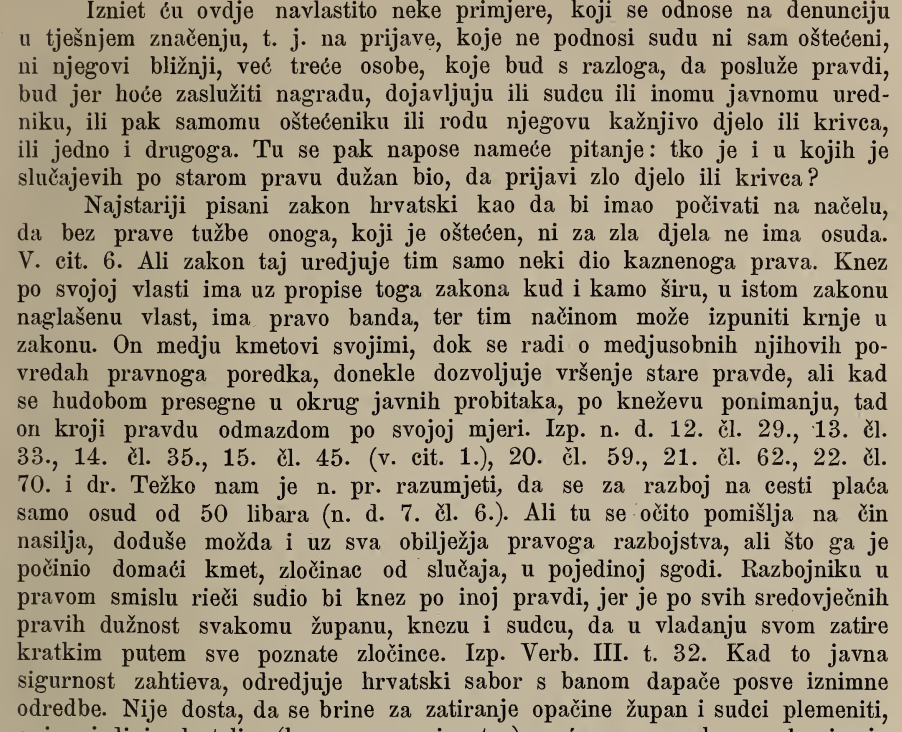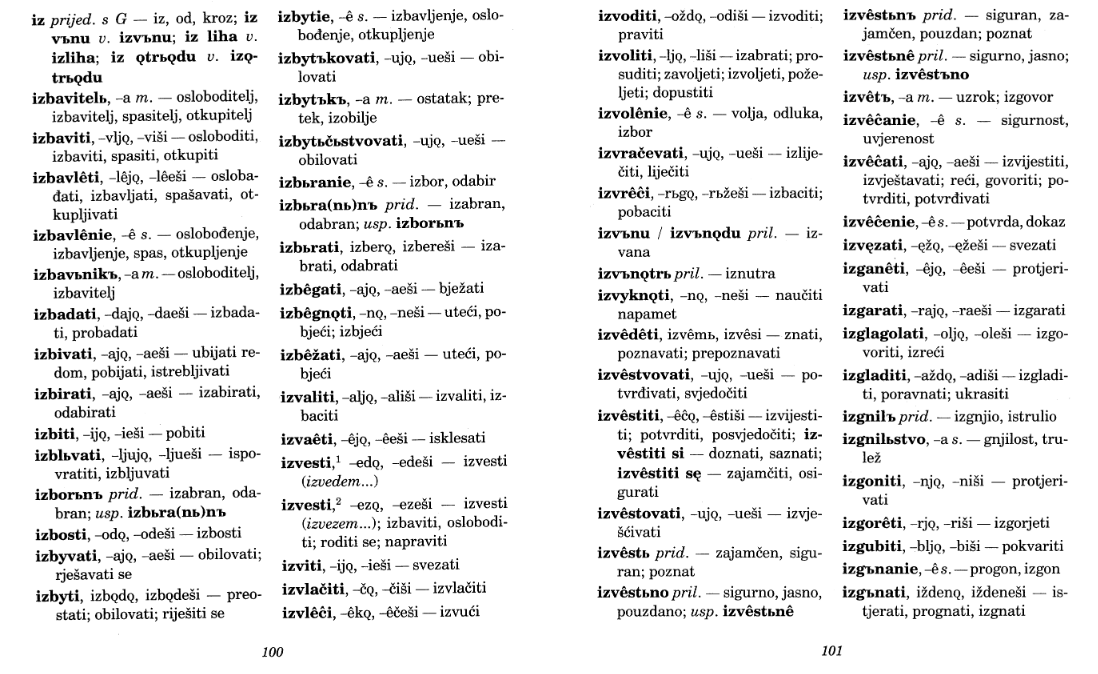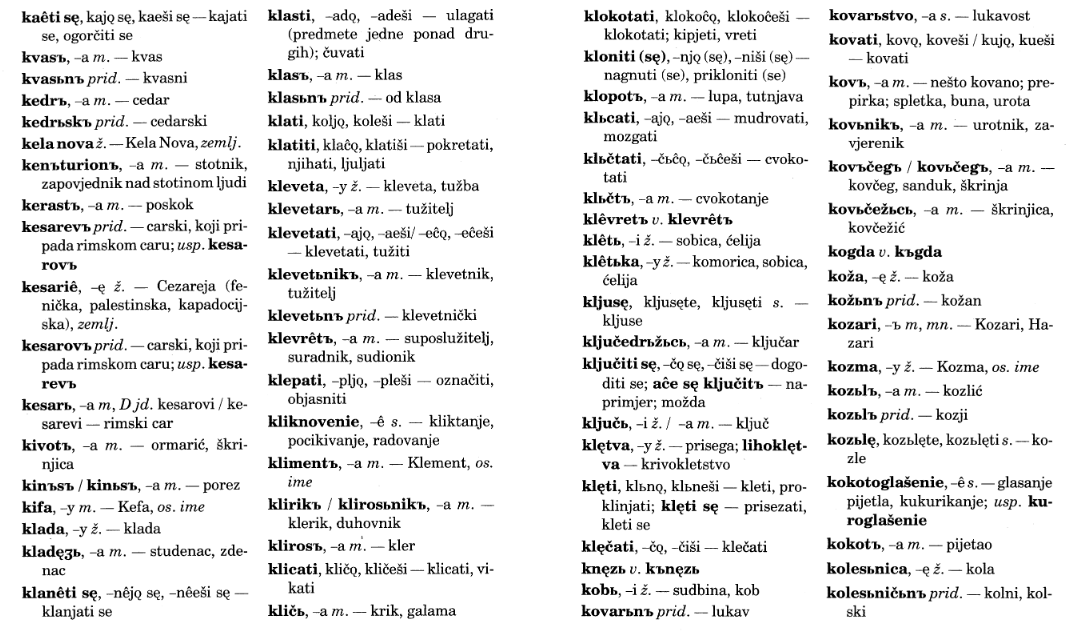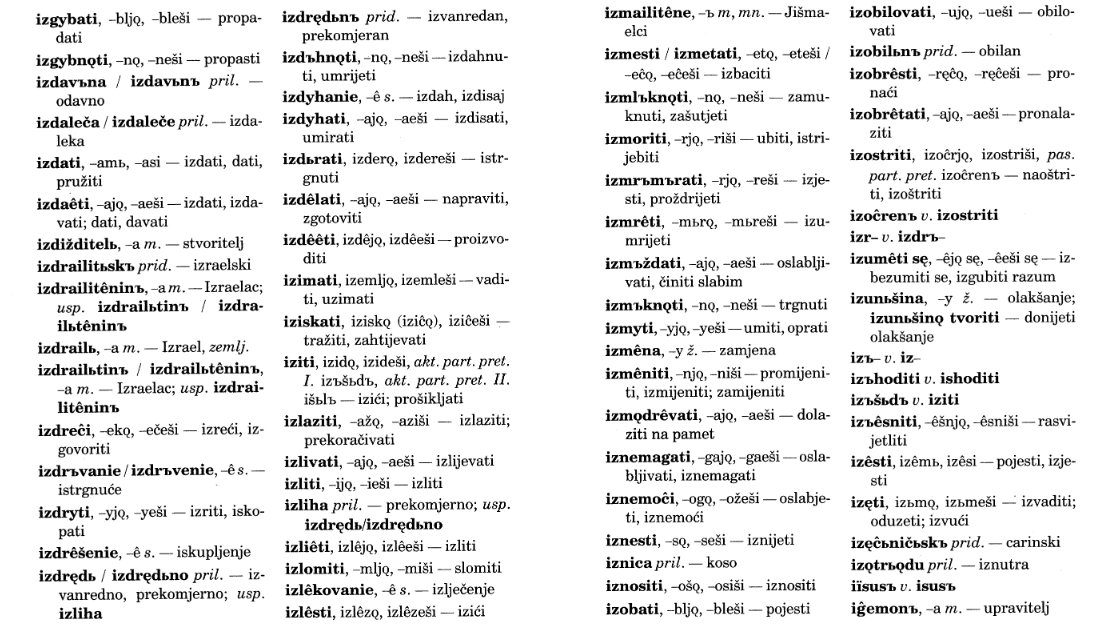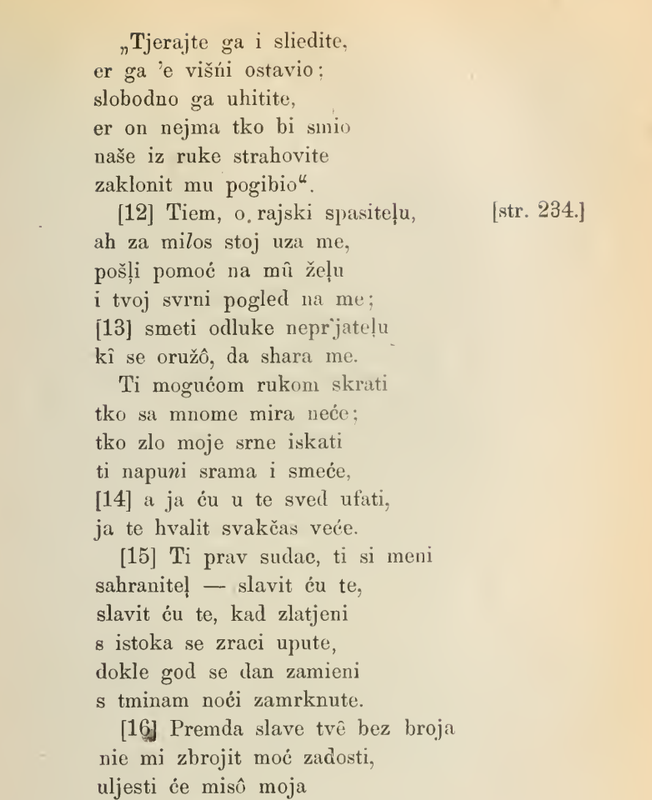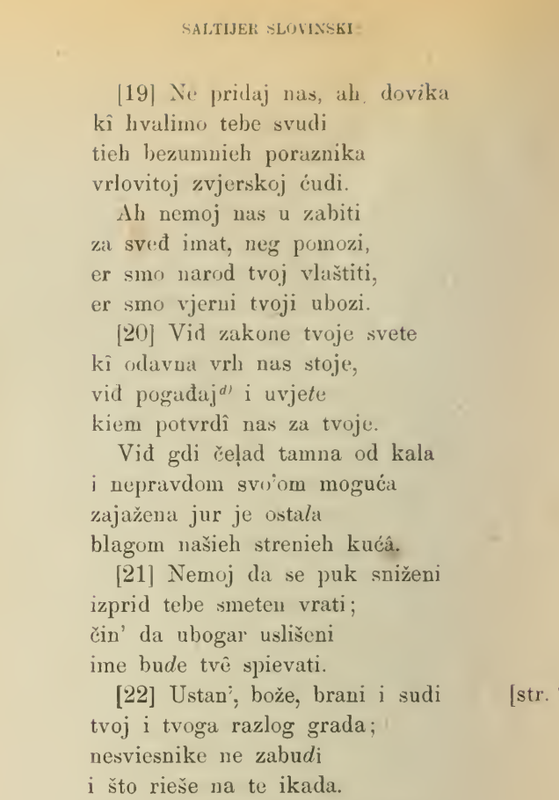Zemljovidi, napose iz 19. st., obična su lagarija (kao i popisi, uglavnom prepravljani u srpskom diskursu u 20.i 21. st.).
Realno, od starih karata nema puno: najjpoznatije su teško čitljive za orijentaciju, i uglavom daju stara imena (Liburnija, Ilirik, Panonija, Mezija,..). Gdje je tko se vidi - ako uopće- po grbovima koji su na pojedinim kartama (Hrvatske, Dalmacije, Rame,..)
Ovo je valjda najpoznatija starija, ona povjesnika Lučića Luciusa 1663.:
https://hrcak.srce.hr/file/457316
Ona se potpuno poklapa s odlukom Sv. Rotte da je Ilirik povijesna (sjeverna) Hrvatska, Slavonija, Dalmacija i Bosna. Srbima se nitko nije bavio, ni tim imenom ni identitetom (iako je i o hrvatskom bilo dosta ludosti, napose jeronimska bajka).
Nego- nešto ste mi umukli na reprezentativni moderni opis rasporeda ranih Hrvata (većina RH i stare Bosne), te Srba (veći dio Srbija i istok BH, plus dio CG). Kao- puj pike ne važi, a u biti je ono što hrvatski povjesničari tvrde odavno- osim škole Klaić-Budak, kojoj je mjesto u kutu, na klečanju na kukuruzu.
New Cambridge Medieval History, pt. 2., 266-276
http://books.ms/main/25E704F1454DBE16FA993CCA33F0BE04
The Serbs (1018–1196)
In 1018 when Basil II conquered Bulgaria a number of Serbian principalities also fell under Byzantine rule. These included Raˇska, or Rascia, located between the rivers Lim and Ibar, Duklja, or Dioclea, later known as Zeta, located around Lake Skadar (Scutari) and the Gulf of Kotor, Trebinje, or Travunia, located between Kotor (Cotarro) and Ragusa (Dubrovnik), Zahumlje, later known as Hum, located between Ragusa and the River Neretva, and Bosnia, located between the upper Neretva, the Drina and the Sava.
......................................
The Croats (1018 – c. 1200)
At the beginning of the eleventh century the Croats lived in two more or
less clearly defined regions. Pannonian Croatia constituted the interior region between Hungary in the north, Bosnia centred on the valley of the River Bosna in the east, and the Dalmatian littoral in the south. Dalmatian Croatia constituted most of the Dalmatian coast including such towns as Nin (Nona), Biograd and Sebenico (ˇSibenik). Within this region, however, Byzantium also controlled a number of towns, including Zadar (Zara), Trau (Trogir), Split (Spalato) and Ragusa (Dubrovnik). These formed the Byzantine theme of Dalmatia. Croats, along with Serbs, also lived in Bosnia which at times came under the control of Croatian kings
---------------------------------------------------------
During the eleventh and twelfth centuries the inhabitants of Bosnia espoused different Christian traditions. The Orthodox faith was predominant in the eastern districts near Serbia and the River Drina; Latin rite Christianity was prevalent in the west, the north and in central Bosnia.
.............................
In summary, we have seen that during the eleventh and twelfth centuries the Croats were never unified under a strong central government. They lived in different areas – Pannonian Croatia, Dalmatian Croatia, Bosnia – which were at times ruled by indigenous kings but more frequently controlled by agents of Byzantium, Venice and Hungary. Even during periods of relatively strong centralized government, local lords frequently enjoyed
an almost autonomous status.



